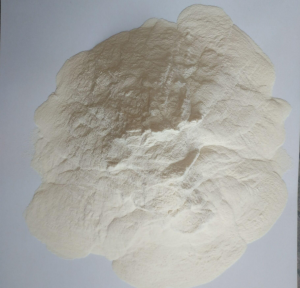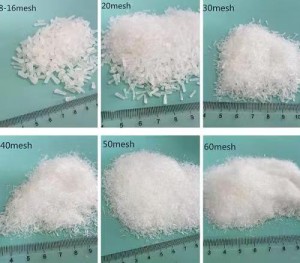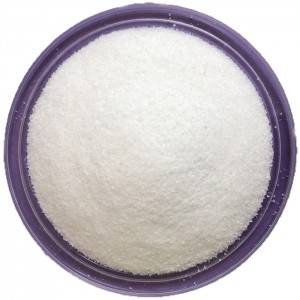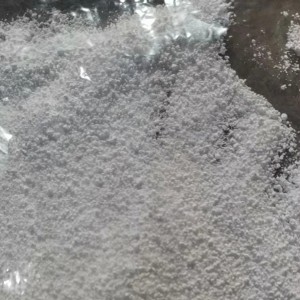Glutamic acid residue is the residue of glutamic acid after fermentation, and is an amino acid feed additive. Adding an appropriate amount of glutamic acid residue to the diet can increase the content of amino acids in the diet, promote animal growth and development, improve feed utilization, and promote animal immunity and resistance.
Addition amount of glutamic acid residue
The amount of glutamate residue added should be adjusted according to the type of feed and the needs of animals. Normally, the amount of glutamic acid residue added is about 5% of the total amino acids in the diet. But different animals also have different needs for glutamate residue, for example, the amount of glutamate residue added to pig feed is generally 3-5 kilograms per ton of feed.
Glutamate residue is a common feed additive in aquaculture. Firstly, it has good solubility and can quickly dissolve in water, making it easy to add in aquaculture. Secondly, glutamate residue has a high feed utilization rate, which can improve the digestion and absorption ability of aquatic animals for feed and enhance the effectiveness of aquaculture. In addition, glutamate residue also has functions such as promoting immunity, enhancing stress resistance, and enhancing the disease resistance of aquatic animals
Specification:
|
Crude protein ≥ |
65 |
|
Crude ash ≥ |
65 |
|
ammonium salt ≤ |
2.0 |
|
Moisture |
8.0 |
When using glutamate residue, the following points should also be noted:
1. Do not add too much, otherwise it may affect the health of animals.
2. The addition amount should be comprehensively considered based on factors such as the nutritional composition of glutamic acid residue, animal species and their growth stage, and feeding environment.
3. Glutamate residue is a dry product and should be treated with water or steam in advance to avoid dust irritating the respiratory tract.








